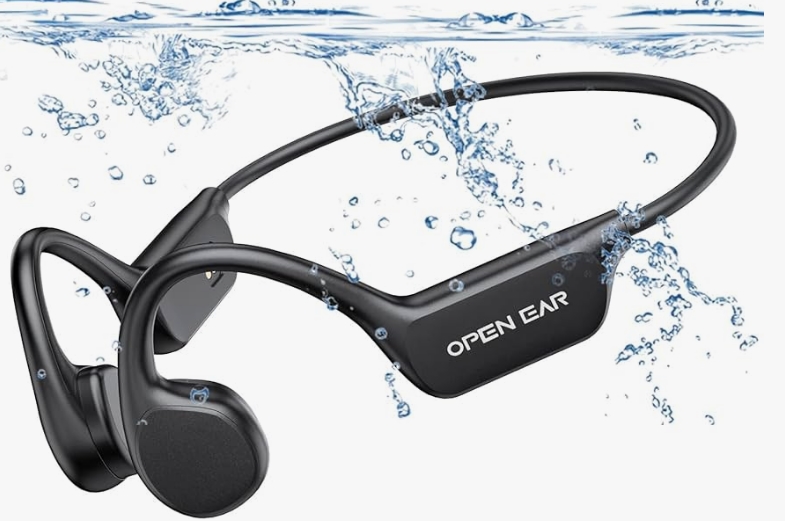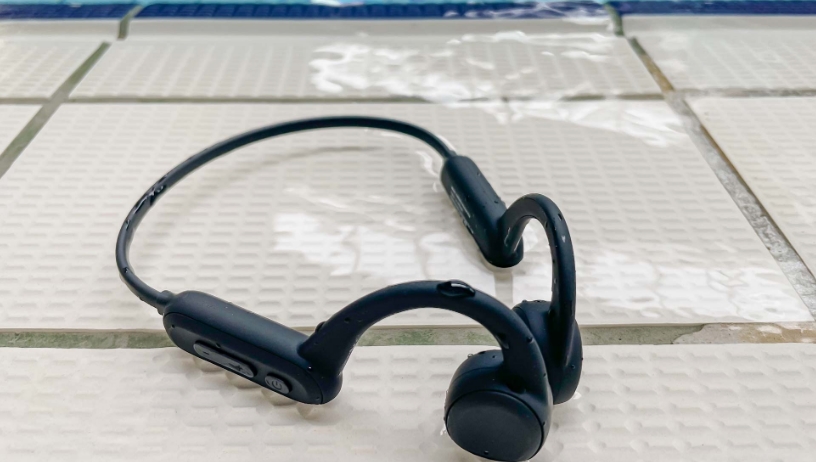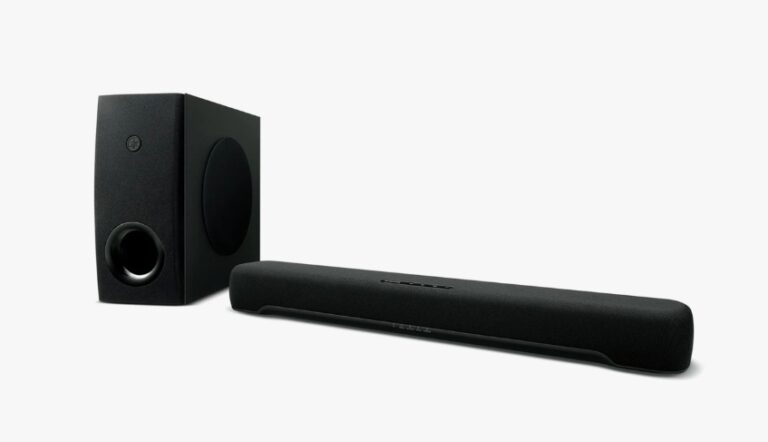
The Best Swimming Headphones – The majority of swimming headphones, if not all of them, stream music from an integrated music player. In order to make the headphones more practical once you’re back on dry land, some also have the option of streaming via Bluetooth. Bluetooth and water don’t really mix, therefore you have to store files on the headphones themselves. Water absorbs the frequency that Bluetooth uses to function, which affects signal strength. This is the reason you most likely experienced frequent connection drops if you have ever tried to stream music using swimming headphones. The Best Swimming Headphones 
You will typically be able to send music to your headphones by using the same cable that you use to charge it. You will have to plug it into your computer to send files to your headphones, unless the headphones offer the ability to sync files from a companion smartphone app. The Best Swimming Headphones 
You’ll then need to drag and drop audio files into folders; audio file format support can vary by headphone. Make sure you check which formats the headphones support before you hit the Buy button!. To use swimming headphones, you should already own audio or be able to download it legally. This could apply to some podcasts and audiobooks.
Can swimming headphones let you play music from streaming services like Spotify? Well, not really, That’s because most audio on streaming services is protected by DRM (digital rights management). Some headphones do offer some workarounds, with some solutions working better than others. The Best Swimming Headphones





